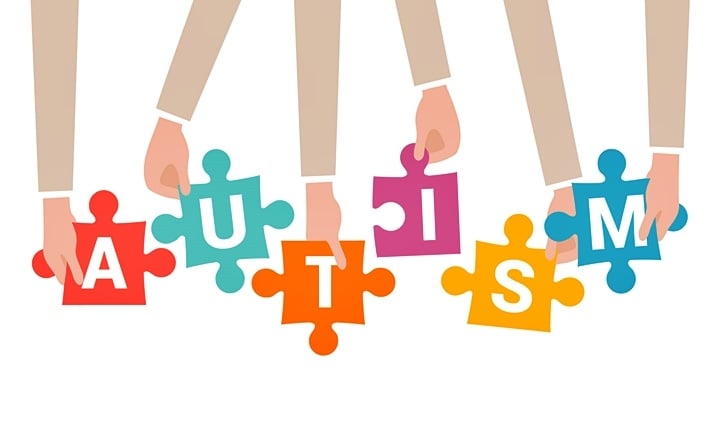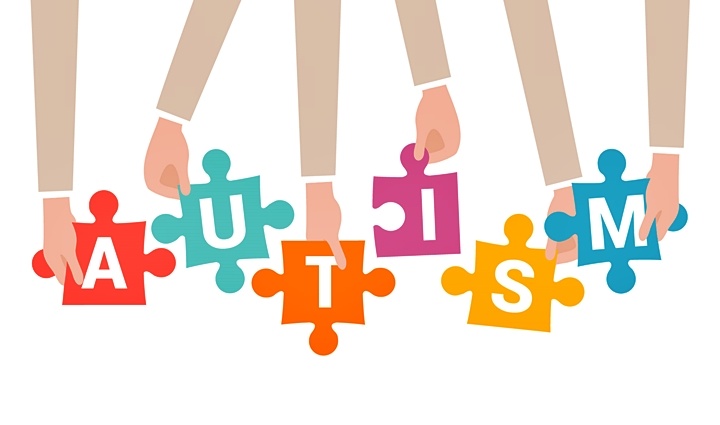
Autism Spectrum Disorder (ASD) is a very common developmental disorder that affects about 1% of the world’s population. It is a very serious condition that is usually diagnosed during childhood.
The symptoms of autism include impaired social interaction, repetitive behaviour, obsessive interests, and impaired communication skills. Sufferers of autism are more also likely to having learning disabilities and anxiety.
A person with autism will struggle to express emotions and in some cases cannot communicate with other people at all. This makes it difficult for the parents of children with autism. While there is no cure for autism yet, its symptoms can sometimes be reduced with antipsychotic medications and behavioural therapy. Speech therapists, psychologists, psychiatrists and neurologists can all play a role in the treatment of autism.
Using cord tissue to treat autism
Recent research findings indicate that doctors may soon be using cord tissue to treat autism. A recent study published in the journal Stem Cells Translational on the 5th of April 2017 found that using cord blood was safe and effective at reducing autism symptoms.
The Phase 1 trial was carried out by researchers from Duke University’s Robertson Clinical and Translational Cell Therapy Program. It was the first USA trial using umbilical cord tissue to treat autism.
The researchers treated twenty-five children with autism, with a single intravenous transplant of their own umbilical cord blood. The researchers then monitored the children for 12 months to determine if they experienced any adverse reactions from the transplant.
They found that none of the children had a negative reaction to the stem cells. They also discovered that the children had significant improvements in their behaviour and a reduction in the severity of their autism symptoms.
The 2017 Duke University study confirms findings made by Chinese scientists in 2013. They found that using cord tissue to treat autism stem cells was both safe and effective at reducing the autism symptoms.
In the 2013 study, the researchers divided 37 patients with autism into three separate groups. The first group of 14 patients received a human cord blood mononuclear cells (CBMNCs) transplant and rehabilitation therapy. The second group of 9 patients received CBMNCs and umbilical cord-derived mesenchymal stem cells (UCMSCs). The final group of 14 subjects only received rehabilitation therapy.
The researchers found that patients receiving CBMNCs had a greater reduction in autism symptoms compared to the control group who only received rehabilitation therapy. The patients who received both CBMNCs and UCMSCs had an even greater reduction in autism symptoms.
Lead author of the 2017 Duke University study, Dr. Joanne Kurtzberg, has already commenced another study using cord tissue to treat autism. The purpose of this new Phase 1 study is to determine the safety of giving patients multiple intravenous transfusions of human umbilical cord tissue-derived mesenchymal stromal cells (hCT-MSC).
The tests will be performed on children between the ages of two to 11 years who have been diagnosed with ASD. Dr. Kurtzberg will be dividing the subjects into three groups. One group will receive a single dose of hCT-MSCs, the next group will receive two doses of hCT-MSCs, and the final group will receive three doses of hCT-MSCs.
The subjects will be monitored for infusion reactions at the time of each infusion, 24 hours after each infusion, 7-10 days after each infusion, 6 and 12 months after the final infusion. They will also be monitored for infections. If all three groups display no ill effects from the procedures, it will demonstrate that multiple transfusions of umbilical cord blood stem cells are safe.
The positive findings from these studies indicate that we may be using cord tissue to treat autism in the near future. The results of the next Duke University study will be published in 2018.
Sources
- Autism Society. (2017). Facts and Statistics – Autism Society. [online] Available at: http://www.autism-society.org/what-is/facts-and-statistics/ [Accessed 18 Sep. 2017].
- Dawson, G., Sun, J., Davlantis, K., Murias, M., Franz, L., Troy, J., Simmons, R., Sabatos‐DeVito, M., Durham, R. and Kurtzberg, J. (2017). Autologous Cord Blood Infusions Are Safe and Feasible in Young Children with Autism Spectrum Disorder: Results of a Single‐Center Phase I Open‐Label Trial. [online] Onlinelibrary.wiley.com. Available at: http://onlinelibrary.wiley.com/doi/10.1002/sctm.16-0474/abstract;jsessionid=C2C135C5A9788EF95E07708E58B0CB72.f04t03 [Accessed 18 Sep. 2017].
- Clinicaltrials.gov. (2017). hCT-MSCs for Children With Autism Spectrum Disorder (ASD) – Full Text View – ClinicalTrials.gov. [online] Available at: https://clinicaltrials.gov/show/NCT03099239 [Accessed 18 Sep. 2017].
- Lv YT, e. (2017). Transplantation of human cord blood mononuclear cells and umbilical cord-derived mesenchymal stem cells in autism. – PubMed – NCBI. [online] Ncbi.nlm.nih.gov. Available at: https://www.ncbi.nlm.nih.gov/pubmed/23978163?dopt=Abstract [Accessed 18 Sep. 2017].
{{cta(‘d59882b5-74e2-4033-be94-d4c340e1978c’)}}


